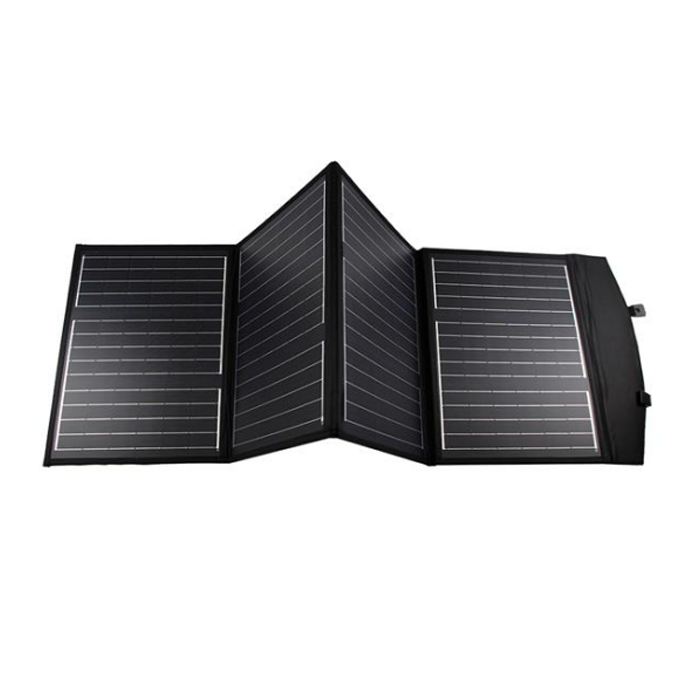Quartz porphyry is a fascinating and complex igneous rock that has garnered significant attention in both geological research and practical applications. Understanding its mineral composition is crucial for geologists, mining engineers, and environmental scientists alike. This article delves into the major mineral components of quartz porphyry, exploring their formation, characteristics, and implications for various industries.
What is Quartz Porphyry?
Quartz porphyry is characterized by its distinct texture, which features large crystals, or phenocrysts, embedded in a finer-grained matrix. This unique texture results from a two-stage cooling process: the initial slow cooling of magma allows for the formation of larger crystals, while the subsequent rapid cooling leads to the development of a finer-grained groundmass. The primary mineral component of quartz porphyry is, unsurprisingly, quartz, but it also contains a variety of other minerals that contribute to its overall composition and properties.
Major Mineral Components of Quartz Porphyry
- Quartz (SiO2) Quartz is the dominant mineral in quartz porphyry, typically constituting 20% to 60% of the rock's composition. It is a hard, crystalline mineral that forms under high-temperature conditions. The presence of quartz not only gives the rock its name but also contributes to its durability and resistance to weathering. Quartz crystals in porphyry can vary in size, often appearing as clear or milky white, and they play a critical role in the rock's overall texture and appearance.
- Feldspar Feldspar is another significant component of quartz porphyry, usually present in the form of plagioclase or alkali feldspar. Feldspar minerals can account for 20% to 50% of the rock's composition. Plagioclase feldspar, which ranges from sodium-rich to calcium-rich varieties, is often found in the groundmass, while alkali feldspar is typically present as larger phenocrysts. The presence of feldspar enhances the rock's mechanical properties and contributes to its overall mineralogical diversity.
- Mica Mica, particularly biotite and muscovite, is commonly found in quartz porphyry, albeit in smaller quantities compared to quartz and feldspar. Mica minerals can contribute to 5% to 15% of the rock's composition. Biotite, a dark-colored mica, imparts a distinctive sheen and can influence the rock's weathering characteristics. Muscovite, on the other hand, is lighter in color and adds to the aesthetic appeal of the rock. The presence of mica can also affect the rock's thermal and electrical conductivity.
- Amphibole and Pyroxene While less common, amphibole and pyroxene minerals may also be present in quartz porphyry, typically as accessory minerals. These minerals can provide insights into the cooling history and tectonic environment of the rock formation. Amphibole, often found in the form of hornblende, can contribute to the rock's overall density and stability, while pyroxene minerals, such as augite, can indicate specific conditions of magma evolution.
- Accessory Minerals Quartz porphyry may also contain a variety of accessory minerals, including zircon, apatite, and magnetite. These minerals, although present in minor amounts, can provide valuable information regarding the geological history and formation processes of the rock. For instance, zircon is often used in radiometric dating, while magnetite can indicate the magnetic properties of the rock.
Implications of Mineral Composition
The mineral composition of quartz porphyry has significant implications for various industries, including mining, construction, and environmental science.
- Mining: The presence of valuable minerals, such as gold and copper, often associated with quartz porphyry deposits, makes these rocks important targets for mining operations. Understanding the mineralogy can aid in the exploration and extraction processes.
- Construction: The durability and aesthetic qualities of quartz porphyry make it a popular choice in construction and decorative applications. Its resistance to weathering ensures longevity in architectural designs.
- Environmental Science: The study of quartz porphyry's mineral composition can provide insights into past geological events and assist in understanding current environmental conditions. This knowledge is crucial for assessing natural hazards and managing resources sustainably.
Conclusion
In summary, quartz porphyry is a complex rock with a rich mineral composition that plays a vital role in various geological and industrial contexts. By understanding its major mineral components—quartz, feldspar, mica, amphibole, pyroxene, and accessory minerals—scientists and industry professionals can unlock the secrets of this intriguing rock. As research continues to evolve, the significance of quartz porphyry in geology and its applications in modern society will undoubtedly expand, making it a subject worthy of further exploration.

